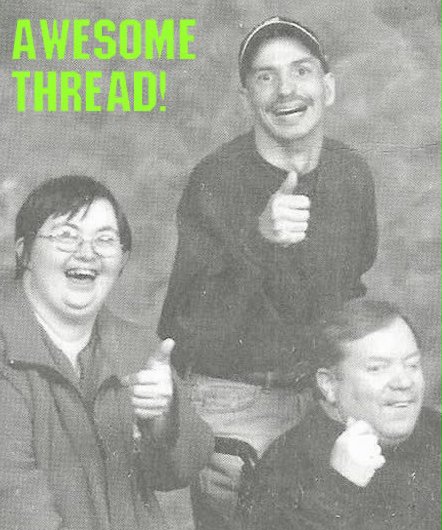he hooker is very important as one of the most significant skilled positions on the team.
A good hooker must have the technique skill and physical capability to perform several tasks.
1. Strike: Ability to win ball on his own team's put-in and, if required against the head (against the opposition hooker). In the old days, a hooker generally hooked his foot around to the ball in order to hit the ball with the instep to force it back between the loosehead prop's feet to about the locks knees.
With practiced timing, many hookers are now taught to strike (essentially a snap kick) with the foot to where the ball will land. The heel strikes the ground and the front of the foot is pivoted back to direct the ball to the rear of the scrum. This requires flexibility.
If you know a wrestler (assuming you do not already know the technique), have him teach you how to do the wrestling move- “the sit out†(both long and short). This will help train the movement of the torso with the upper body supported and the hips rotating.
2. Lineout throw: Ability to throw in accurately and quickly at the line-out with timed throws- rising and flat to the front and slower timed lobs to the middle and back of a long line-out, with the additional ability to throw quick timed throws to jumpers and gaps in a short line-out (Good coordination between eye and hand and foot movements).
With lineouts being the most common form of restart, it is important that the hooker can make powerful accurate passes. A way to train this is to make a mark around thirteen feet above the ground on a wall, or even the goal posts. Adjust this to match the height of the hands of the ball receiver in the lineout. From the wall, mark locations for about six meters, eight meters, and ten meters. Stand at these locations and practice your throw in to the target.
Use different techniques that are comfortable to you. American men tend to be comfortable with the football pass. American women tend to be more comfortable with the underhanded softball type throw. Football centers and soccer players tend to use a two handed twisting throw. Find what works for you.
There is a lot of pressure being a hooker at a line out. Gave yourself a routine (little dance if you will). Use this routine every time you come up to the lineout. It may be as simple as standing at the line of touch with feet together, wiping off your hand on the front of your jersey, and taking a deep breath. Having a routine will calm you down.
3. Scrummaging ability: Be a third prop. Once the strike is complete, an effective hooker becomes part of the push. This requires strength endurance (sustain or repeat muscular effort against high resistance) and power (effective combination of strength <greatest force exerted by an athlete> and speed <ability to move the body as quickly as possible>).
4. BE A FOURTH LOOSE FORWARD- In the loose play, the hooker generally acts like a loose forward by being mobile and making it to the breakdowns. This requires both aerobic and anaerobic alactic capacity (ability to sustain high burst of energy for ten seconds or less)
A simple way to train for the position of hooker is to use a door jamb or any solid vertical surface with an edge. Remember that when the front rows come together, their shoulders are rarely above 38-42 inches. Mark this height on the door jamb. Now on the ground mark a location about 30 inches to each side of the pushing surface. This will be about the position your scrum half will initially put the ball in. Get into a pushing position (wusses like me use a pillow between the surface and the shoulders). Practice your strike. It is important to remember that you get lower by bending at the knees and planting the supporting (non-striking) foot further back. If you have a scrum machine available, use it also to get the feel of pressure on both shoulders.
A review of the essential skills of a hooker:
Essential skills:
1. In the scrum:
-To bind tightly and quickly with props. Weight training and exercises to develop neck, shoulders, arms, back and leg muscles are necessary
-To position head, body, and legs in correct position, head forced up, hips below the shoulders, eyes on the ball
-To time the strike with feed of ball
-To move ball through appropriate channels
2. Line-out:
-To throw the ball various distances with accuracy
-To position body, head and arms for throw so the ball is visible to the forwards. Ball should be visible to the forwards
-To communicate with forward jumpers, to discuss type of throw, height speed, trajectory of ball
3. Contact: The majority of energy is expended in contact situations and tight-play
-To scrummage correctly
-To maul and ruck
-To support at front of line-outs and general play
-To tackle in close situations
-To be able to fall on ball going forwards and backwards and to regain feet quickly
4. Handling:
-To give and take a short lifted pass
-To manipulate, rip out and roll off a maul
-To pick up LINEOUT deflections and charged down drop outs
Final thoughts:
1. In the scrum, lineout, and loose play, the hooker must understand the importance of correct body, feet, and head position.
2. In the scrum, line-out and loose play, the hooker must understand the importance of correct body mechanics, i.e. binding, grip, locking, snap shove, drives, channeling ball, foot pressure, angles etc.
3. Develop lineout skills- i.e. timing of the jump, body position for jump, jumping aggressively; need for close communication between thrower and jumper. Knowledge of different throws and the ability to work with a short lineout where timing and body movements become critical is necessary.
4. Ability to develop the skills required in the second and third row of rucks and mauls is essential (body position and mechanics, the drive, ball channels, tight binds etc.)
5. Primary reasons to exist are to win clean ball and to add strength and power to the set play.
6. Fitness, strength, and stamina are essential. Training is critical to developing them.
7. Always be around the ball and GO FORWARD-pressure the opposition.[/b]



